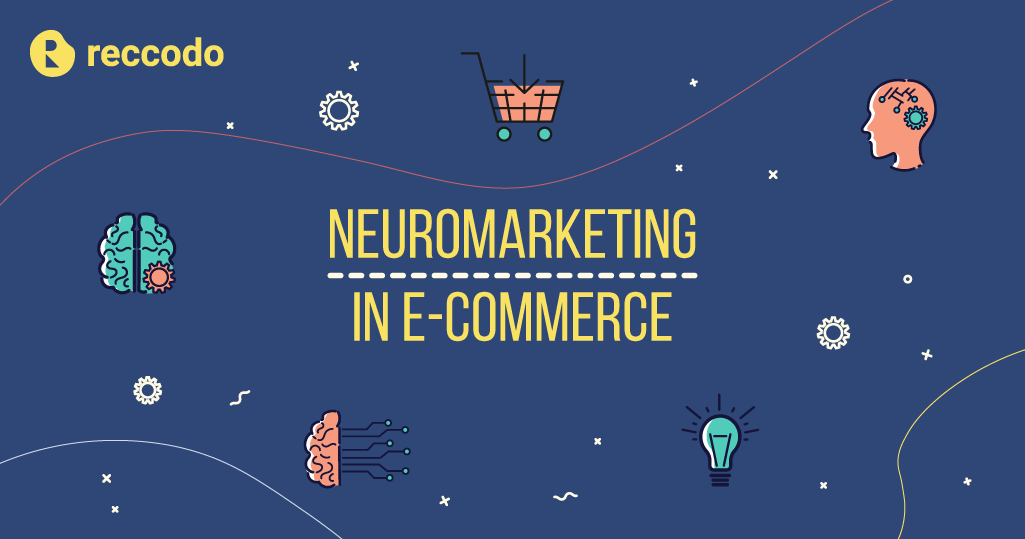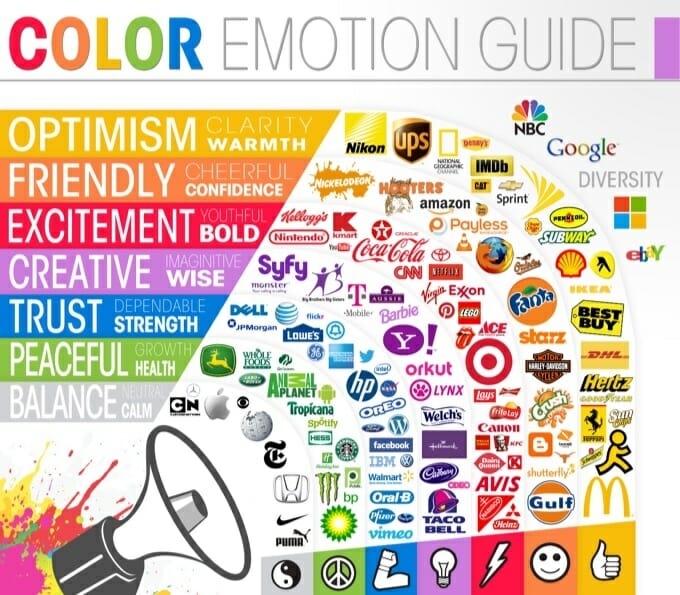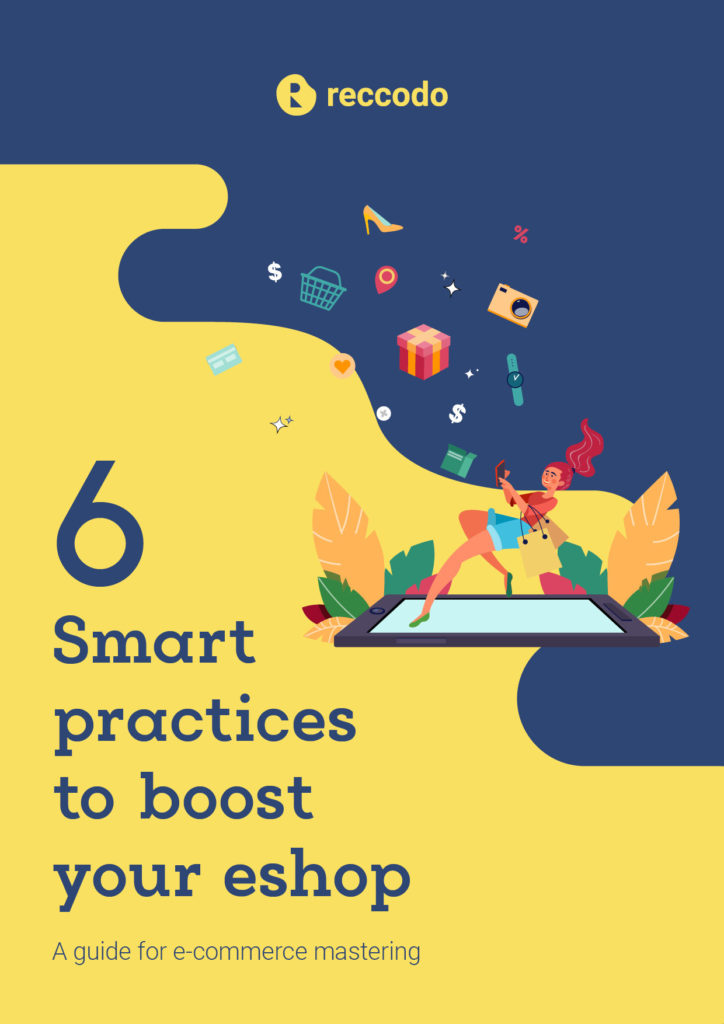Neuromarketing – What is it?
Neuromarketing is a substance field in marketing which is based on the consumer brain and helps to measure the responses of consumers and how they react on stimulus. Neuromarketing combines two very interesting scientific fields, neuroscience and marketing. Marketers find it very exciting and useful to deeper understand the customer behaviour.
By the help of researchers and the advanced techniques of neuroscience, we are now able to examine consumer patterns and collect very important information about the consumer buying behavior.
The field of neuromarketing is also known as consumer neuroscience and can give value to the marketers. It’s a very expensive investment – so much as to make you think if it is really worth it.
But why is it so expensive?
The two primary tools for scanning the brain are fMRI and EEG. The former (functional Magnetic Resonance Imaging) uses strong magnetic fields to track changes in blood flow across the brain and is administered while a person lies inside a machine that takes continuous measurements over time. An EEG (ElectroEncephaloGram) reads brain-cell activity using sensors placed on the person’s scalp; it can track changes in activity over fractions of a second (Harvard University).
Both tools are obviously very expensive, and this indicates some gaps on the research process itself. As a result, researchers turned to physiological proxy tools for brain activities such as eye tracking and facial-expression coding.
In order to understand better the techniques that neuromarketing uses for measurement of emotions and responses, I would like to refer you to the table below:

Neuromarketing in eCommerce
Neuromarketing seems very interesting, right? But I know what you are thinking… Is it the right time to implement neuromarketing in eCommerce?
Of course it is!
By neuromarketing in eCommerce I don’t mean to start doing tests with EEG tools, etc. Instead, it would be very useful to start implementing some of the psychology fundamental tools, with the ultimate goal of increasing conversions and customer retention.
Below I have gathered some neuromarketing strategies that you can use in your own business.
Shall we start?
Neuromarketing Strategies for eCommerce
Evoke Emotion with Colors
Colors can have a huge impact on the customer decision process. Many businesses, in collaboration with their designers, consider color psychology when choosing their brand kit.
The human subconscious sees different colors in unique ways.
For example:
- Red color is associated with excitement
- Blue color is associated with trust
Take a look at the infographic below to explore which emotions are triggered by which colors.
Touch on Pain Points
Studies have indicated that consumers respond better to ads that can smoothen their problems. The successful recipe for this is to emphasize how your product or service can reduce the pain points of the potential customer. Don’t focus only on how enjoyable your product can be.
On the example below, the customer’s problem is the shipping fees and the commission, or the secret fees that can appear.
See how clever the marketer created the ad, through neuromarketing principles!

Take Advantage of Scarcity
In eCommerce little tricks are used in order to drive more conversions. Making people believe that they should buy a product now or else they are going to miss it, is one of them. When products are limited or are in scarcity, people tend to buy more quickly. The fear of missing out, especially on popular items, leads them to the purchase.
There are two ways to achieve this:
#1 Add a new field on your product page in which you can show the message “low stock”.
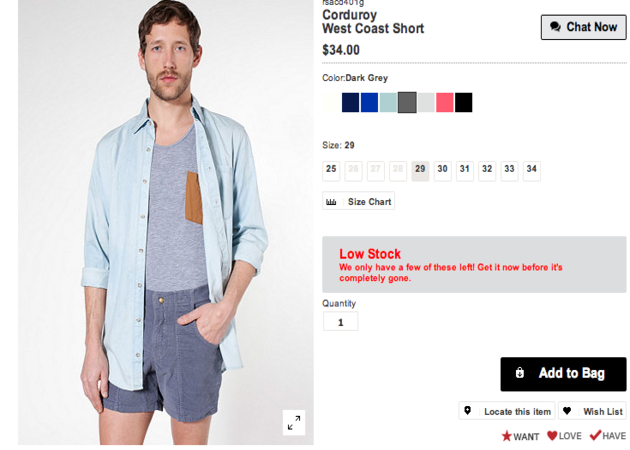
#2 Add a countdown timer to increase the feeling of scarcity.
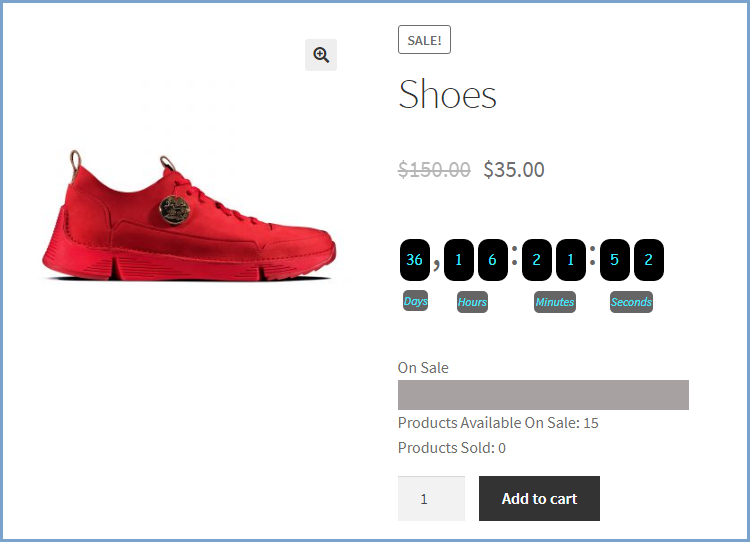
Give Customers Social Proof
A lot of customers do their research before purchasing a product. They read customer reviews to learn if the product is good or if it is worth their money. In fact, 84% of consumers trust online reviews just as much as they would trust a personal recommendation from a friend!
Make sure you display positive reviews and product endorsements on your website and watch your social proof skyrocketing!
Create A Sense Of Urgency
This neuromarketing strategy works very well by explaining to the potential customers what benefits they will enjoy by buying the product within a specific period. You can choose different benefits, like free shipping, discounts on the second product or even a BOGO model.

Neuromarketing Examples
Let’s take a look at a few examples of companies that are taking advantage of neuromarketing and neuroscience.
PayPal Example
PayPal hired the neuromarketing company NeuroFocus to redefine their moto “Safe, simple, wow!” The company wanted to test different key phrases and once the procedure came to an end, they had a visual and verbal identity that increased their click-through and response rates by 3-4X.
This is cool, isn’t it?!
Hyundai Example
Another example of neuromarketing use is the Hyundai case. Hyundai asked members of its target audience to look different parts of one of their cars and captured their brain activity via tools we mentioned above. Based on the parts of the brain that triggered different emotions, the company improved the cars’ exterior.
IKEA Example
IKEA used neuroscience to ask “radical, disruptive questions about IKEA’s business” such as what new sources of energy, textiles and plastics they could use.
How did they achieve that?
High resolution EEG headsets and eye trackers were used on customers to test the reaction to new business models. The experiment took place in Poland and Netherlands. The result of this experiment was the establishment of the new business model “home solar offering that enables customers to generate their own renewable energy [and] a shift to renewable plastics.”
Intel Example
Intel wanted to know how consumers feel about the brand. NeuroFocus made the experiment for Intel using EEG and volunteers in USA and China. To be more specific, 64 sensors were attached to their heads to measure their brain’s electrical activities. Intel learned new information and much more than what they would have learned with traditional market research and focus groups, where cultural biases come into play.
Emotion AI and Product Recommendation Engines
Nowadays, business owners want to be leaders in the retail market and have implemented different techniques to achieve this. One of them is adding personalized product recommendations on their e-shops. Tools like these enhance customer loyalty and increase the customer retention rates.
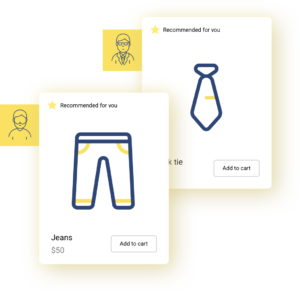
Emotion AI takes this one step forward. Brands and retailers are turning to emotion AI to build closer relationships with customers. A lot of platforms enable retailers to make emotionally tailored personal recommendations based on understanding individual customer’s emotional context.
Product recommendations are mostly used to present to your customers relevant products. Reccodo’s product recommendation engine is based on AI algorithms, which create different personas. This means it shows recommendations personalized for each user and not generic ones. Each customer views products relevant to their needs and wishes, a.k.a. products that they are more likely to buy. And that’s why these recommendations can really help you increase your mean basket value and boost your sales!
Did you know that 10% of all personal devices will include some form of emotion recognition technology by 2022 (Gartner)?
In consumer behavior studies there is a term called the “reference group”. It refers to the people in consumers’ social environment that influence their cognition, norms, emotions, and behaviors in a given situation—like choosing which products to buy (Syte).
Recommendation engines are the new reference group. Imagine the power when except from personalization the Emotion AI attribute will be added!
Wrapping Up
All things considered, neuroscience has an important impact on marketing. Marketers who are ahead of their time adjust emotion AI and neuromarketing strategies to their clients. They grab the opportunity to have satisfied customers and a standout e-business.
Let me play devil’s advocate and tell you that not all marketers are in favor of neuroscience techniques. A part of them believes that just like personalization, neuromarketing have ethics issues. To be more specific, they strongly believe that the power to enter human brain in order to stimulate it through advertising to “force” the consumer to buy is immoral itself.
With the advent of every new technology in the field of science there are such reactions. Some are logical and set the necessary limits, while some others are completely absurd. It is in your hand to evaluate each technology, understand its power and use it wisely.
Afroditi Tsaparoglou
Sales Executive at Reccodo
References
https://hbr.org/2019/01/neuromarketing-what-you-need-to-know
https://velocitize.com/2017/11/21/neuromarketing-and-artificial-intelligence-stratebeat/
https://www.easyship.com/blog/neuromarketing-ecommerce
https://www.frontiersin.org/articles/10.3389/fpsyg.2020.01787/full
https://dione.lib.unipi.gr/xmlui/handle/unipi/13239
https://eshoped.gr/ti-einai-to-neuromarketing-kai-i-sxesi-tou-me-to-digital-marketing/
https://www.startup.gr/articles/1588-neuro-marketing-a-promising-field/
https://www.cyberclick.net/numericalblogen/9-neuromarketing-examples-and-studies 8+2
https://woocommerce.com/products/sales-countdown-timer-for-woocommerce/#
https://www.gartner.com/smarterwithgartner/13-surprising-uses-for-emotion-ai-technology/
https://www.syte.ai/blog/personalization/recommendation-engines-ecommerce/
https://www.brillianthunch.com/source-page-signals/d57617jcmn9w1llozal8fhtyhivbmh
